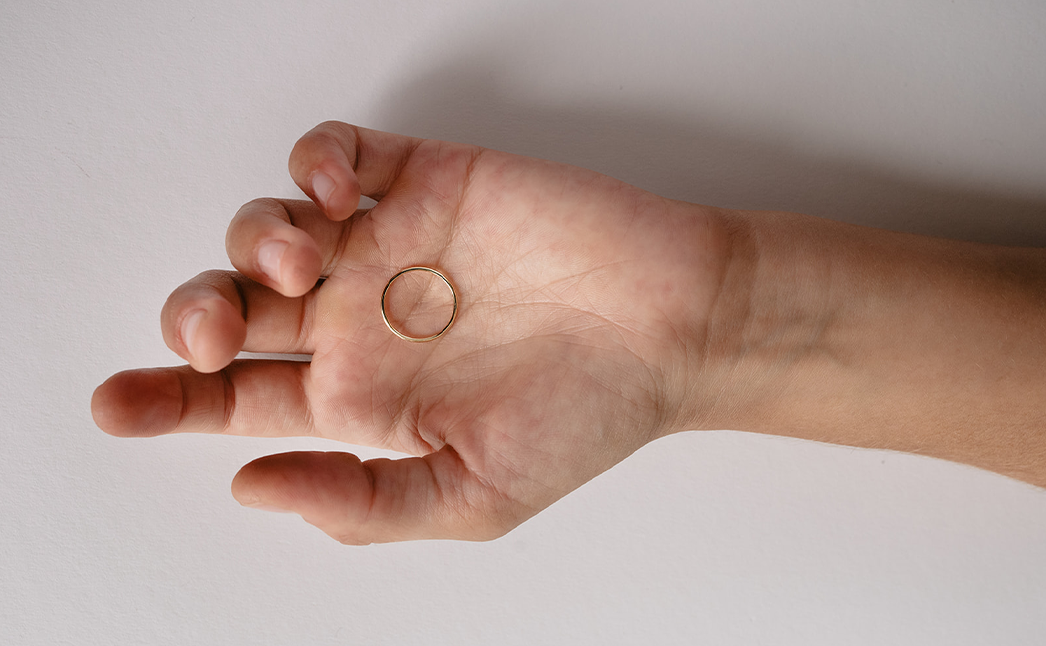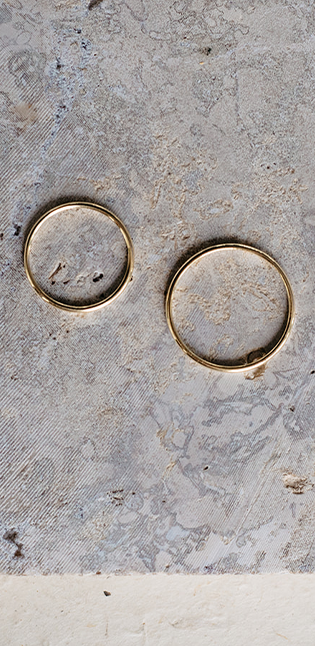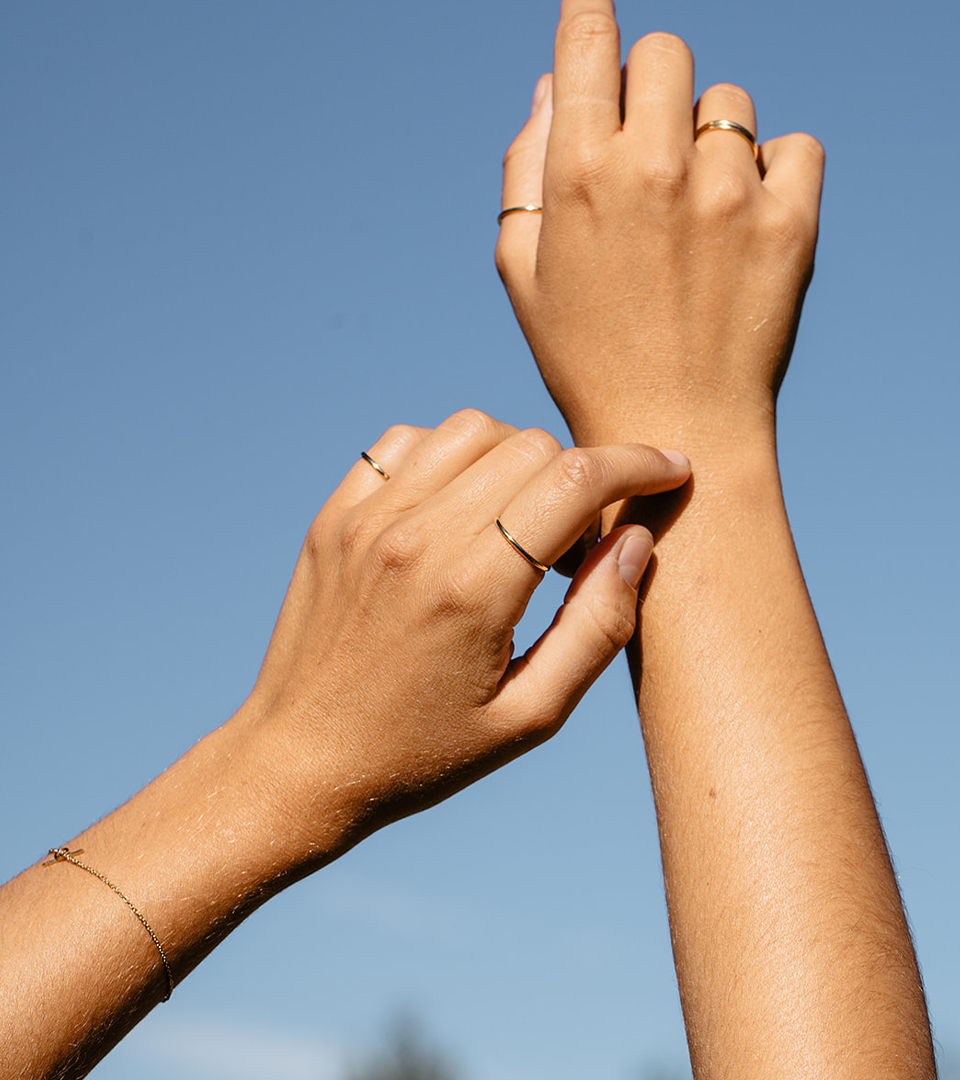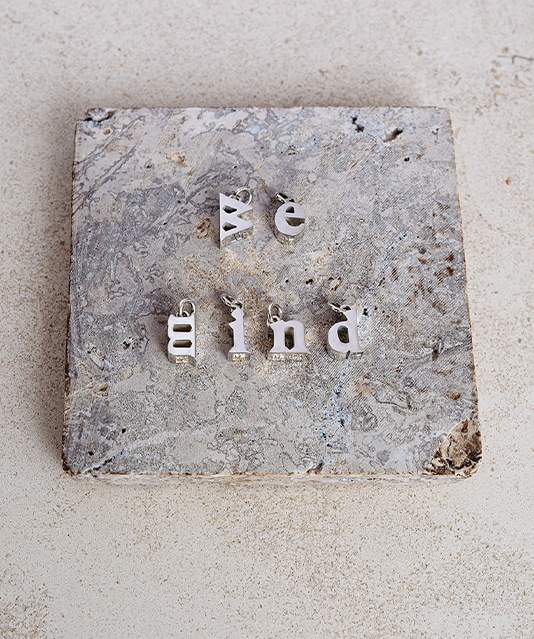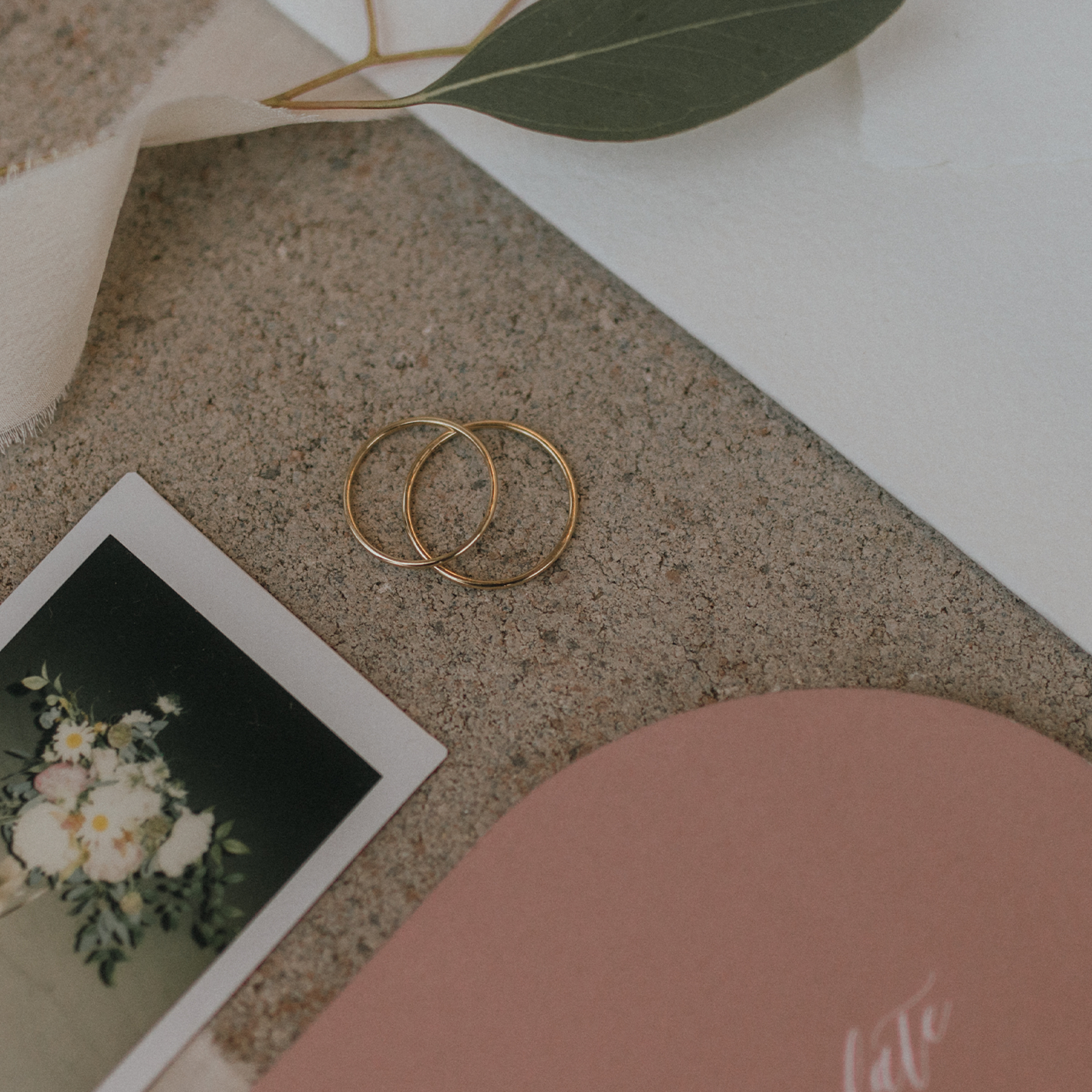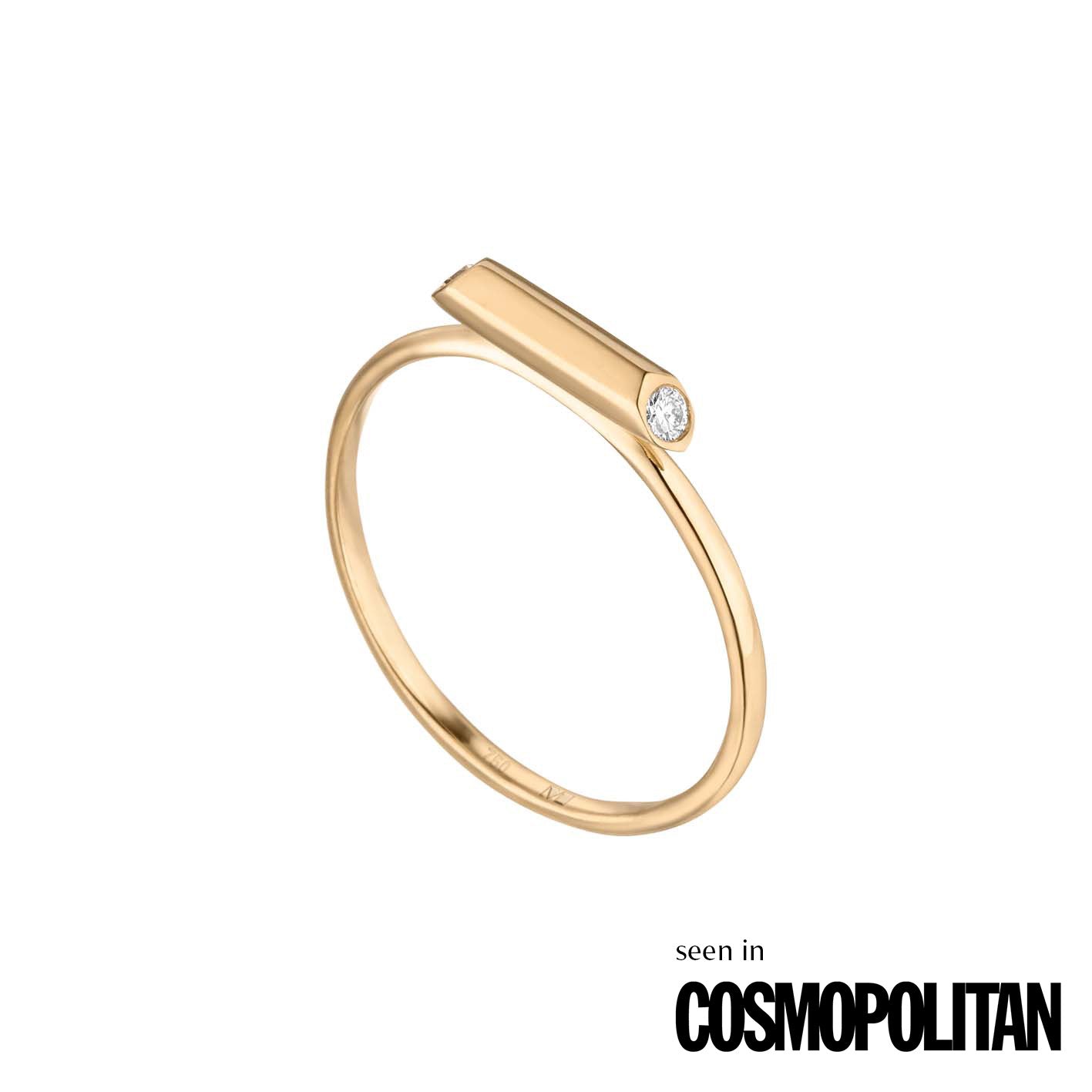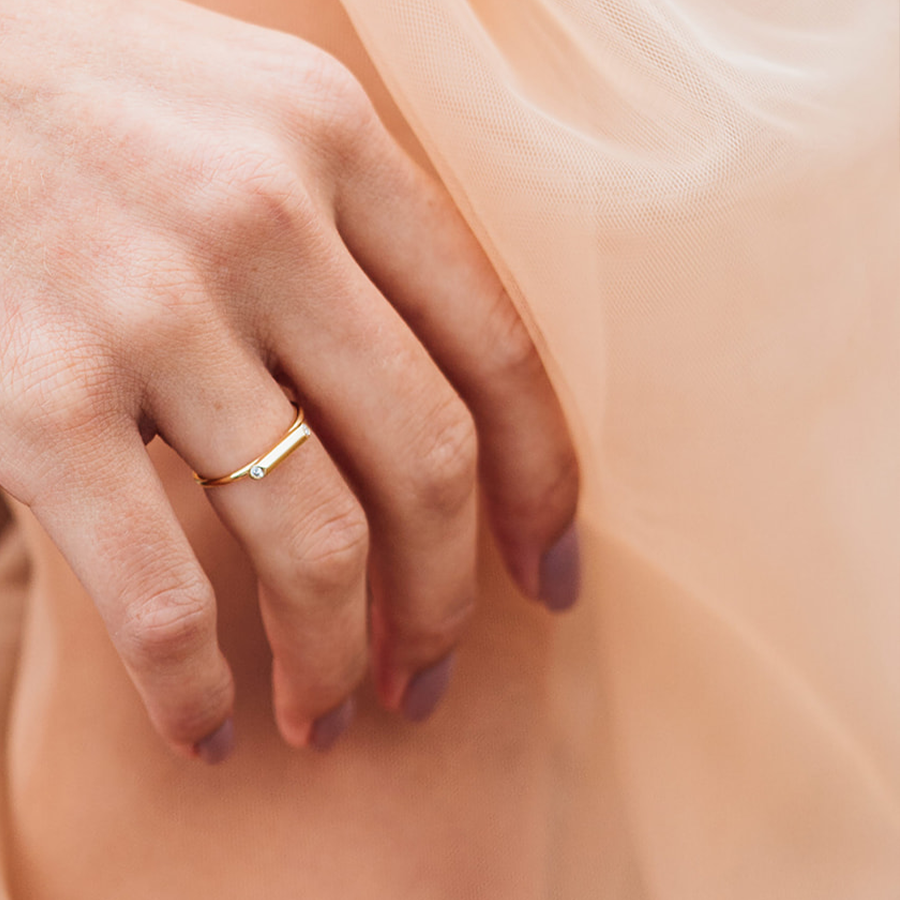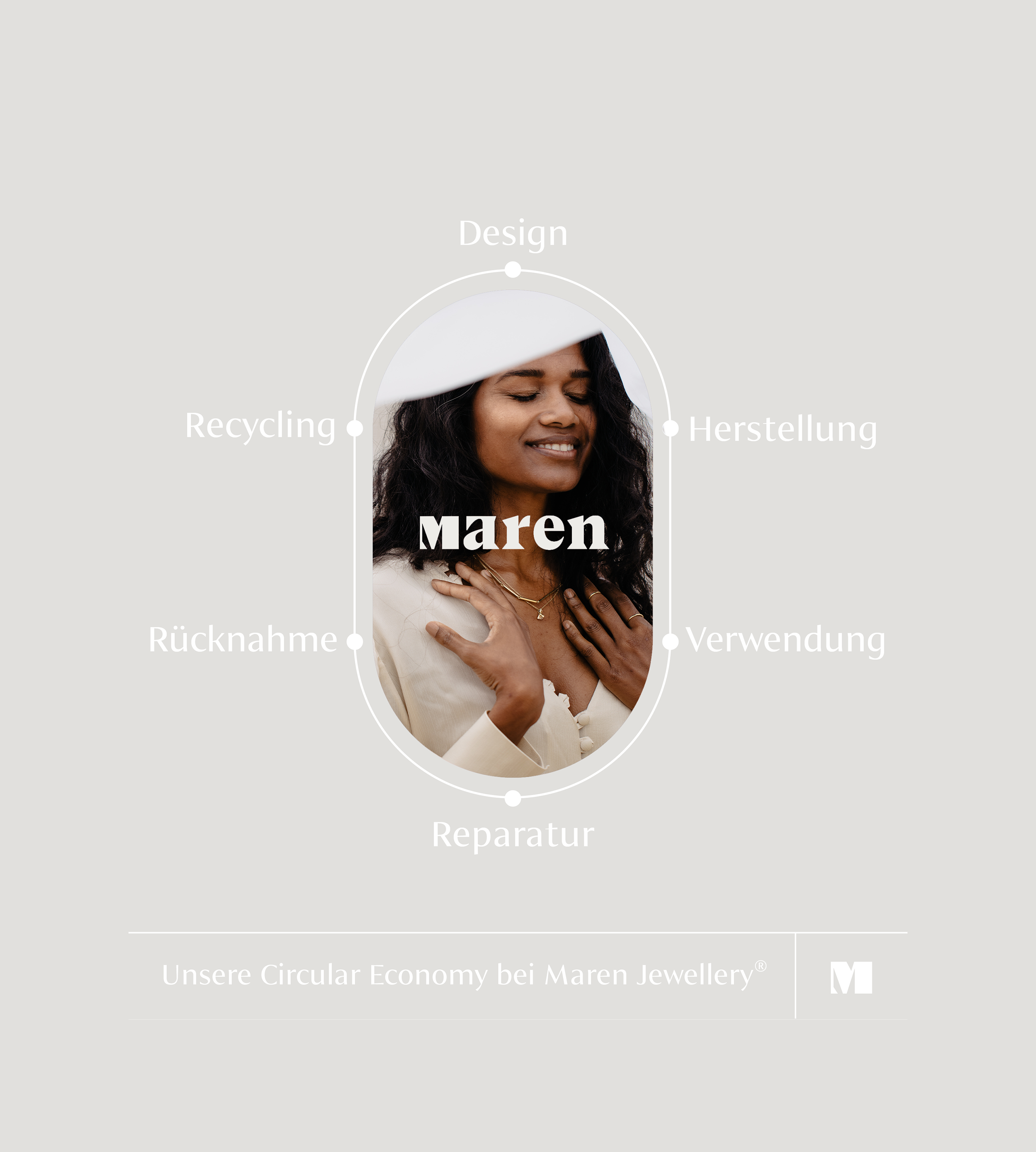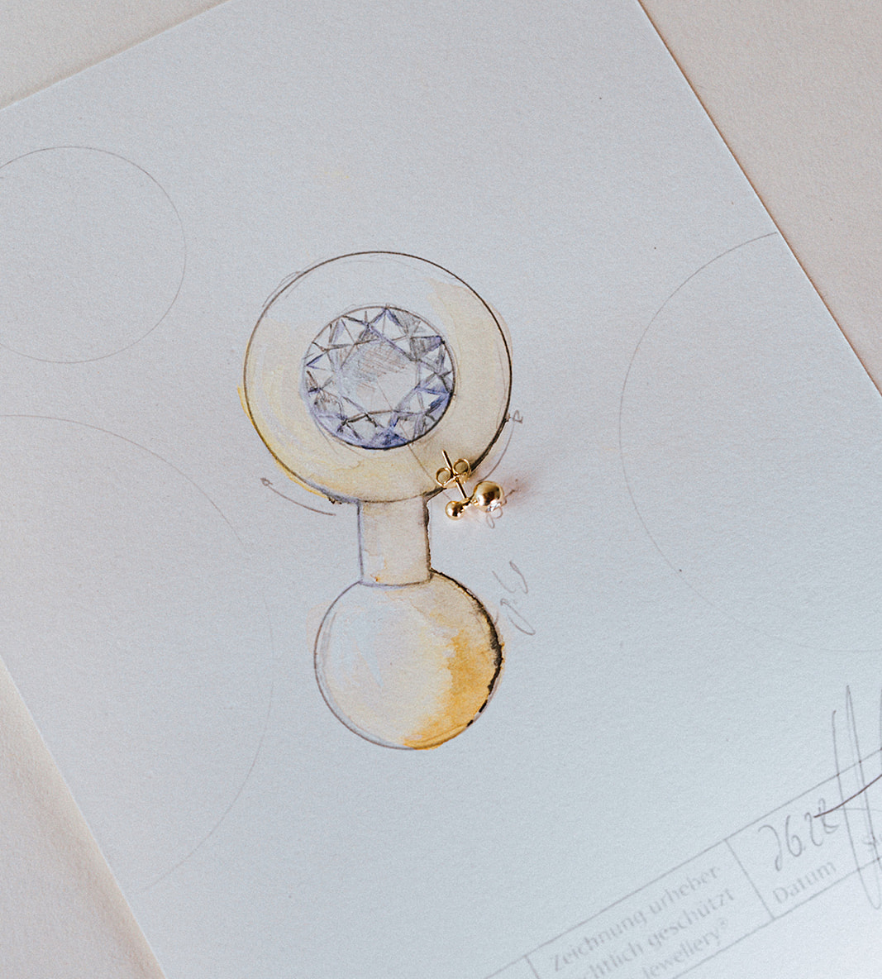What would jewelry be without the rich, deep beauty of precious metals like gold and silver? It's truly hard to imagine! However, it is no secret that gold mining poses significant risks not only to nature but also to the people working in the mines.
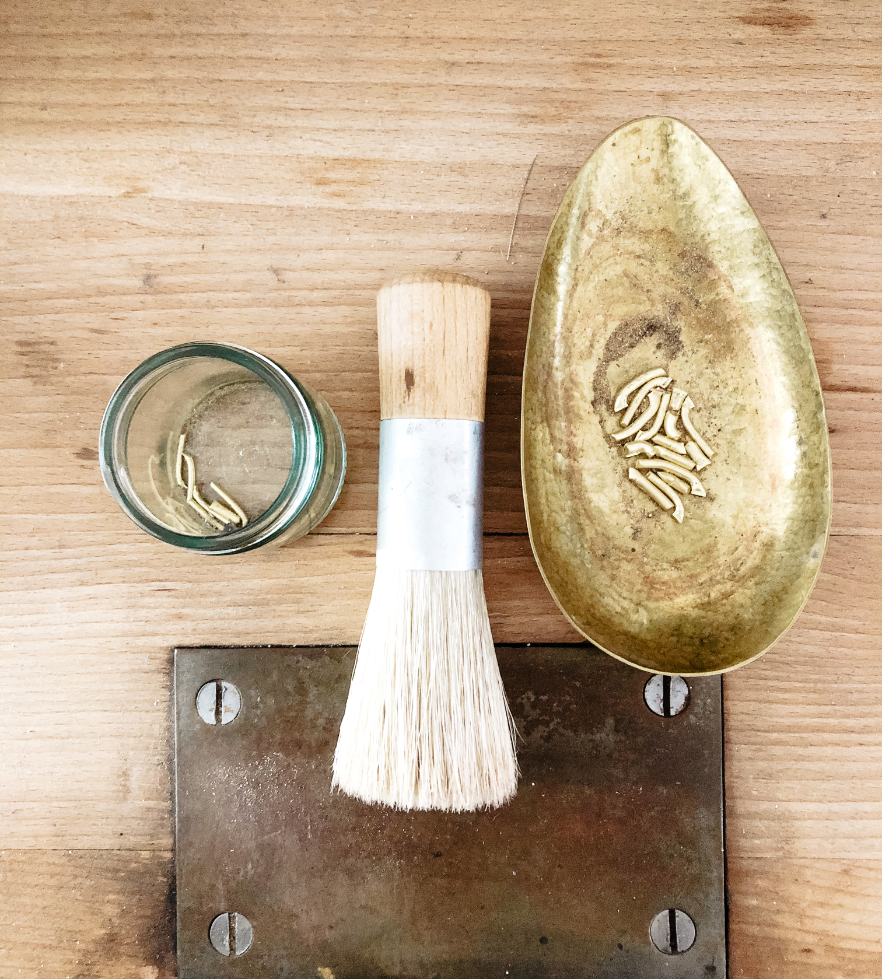
Urban mining - sustainable recycling gold
For little gold, far too much waste
Creating the amount of gold needed to make a single ring creates up to 20 tons of waste. And especially in small-scale mining, which accounts for about 15% of the newly mined gold, people who often have no other means of income put their lives in danger every day due to lack of equipment and disturbingly bad working conditions in order to get a raw material from the depths of the earth to transport, the beauty of which they very probably can no longer even perceive.
Gold can occur as nuggets, making them easy to mechanically separate from the soil substrate. But usually the finest traces are found in rock minerals, so that the precious metal must first be separated from the rock. Miners use cyanide and mercury for this.
Gold mining is so bad for our environment
Large-scale gold mining uses the cyanide-lye process. A process that is not only incredibly harmful to the environment, but also dangerous for humans: to extract one ton of gold, an average of 150 tons of cyanide must be used, with just one milliliter of it being lethal to humans.
The artisanal miners tend to use the mercury method. Here, gold-bearing ores are sieved in water for hours until the gold dust is concentrated in the sediment. Then this concentrate is mixed with mercury, which forms a liquid alloy with the gold. This alloy is heated, evaporating the toxic mercury and leaving the pure gold behind.
The chemicals cyanide and mercury poison the soil, as well as the water in the mining areas, and pose a significant health risk.
In addition, 140,000 liters of water per hour are used for creation. That is about as much as a German household of three people needs per year.
Ultimately, gold mining also has ecological consequences: For every gold mine, huge craters have to be torn into the landscape and often enough these mines are located in the middle of rainforest areas..
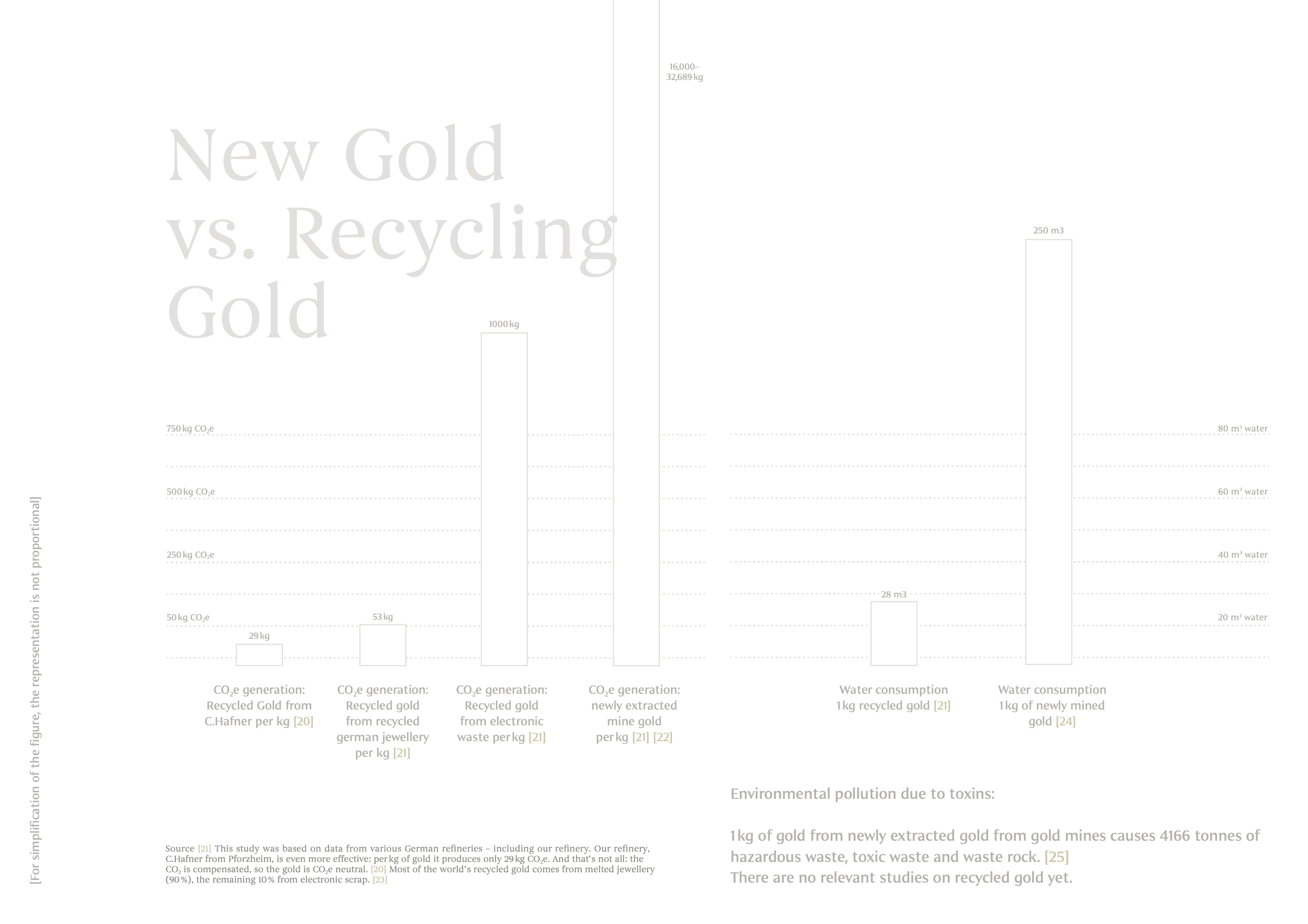
Why we don't use fair trade gold
And what about Fair Trade Gold Fair Trade Gold is promoted under fair working conditions, with fair pay and under strict regulations that minimize damage to the environment. This is of course positive progress and worth supporting compared to the other mining standards. In addition, miners in fair trade mines are taking concrete action against the injustices that prevail in the industry by setting new standards and making regulations that make mining as environmentally and humanely friendly as possible. But fair trade gold is also newly mined gold, and here too the environment suffers avoidable damage, albeit to a lesser extent than with unregulated mining.en.
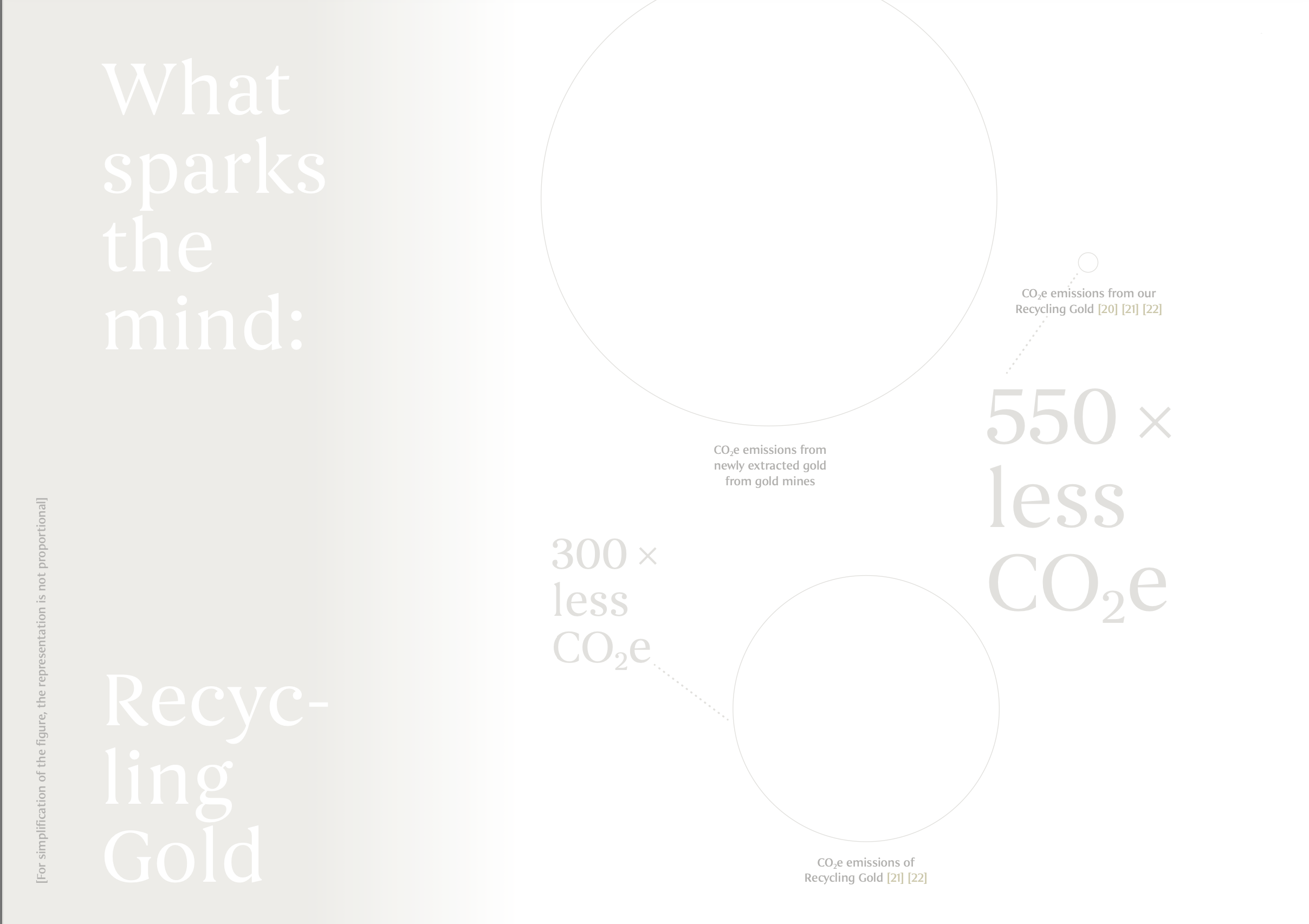
One thing is clear:things cannot go on as before!
Maren Jewellery is a comprehensively sustainable company. So what does it mean for us that gold and sustainability are so difficult to mention in the same breath? Should we as sustainable jewelry designers completely forgo gold in light of the fact that the environment is heavily burdened by gold extraction and people risk their lives under terrible conditions?
We should ask ourselves these questions and do everything we can to improve the circumstances of gold creation for both the people working in mining and for nature. Because one thing is clear: it cannot continue like this.
That's why we chose recycled gold
Gold has been mined for 4000 years. Estimates amount to about 190,000 tons of gold that have been brought to the Earth's surface over the millennia. Furthermore, hardly any raw material can be recycled as well as gold, as gold does not lose any of its purity or quality when melted down. For these reasons, we have decided to build on this wealth and for our nachhaltigen Schmuck to use recycled gold, so that the jewelry from Maren Jewellery does not support any new harm to people or nature. And also the Kreislaufwirtschaft, thus comes within reach, as we can also make this wonderful property of gold our own and - as has been tradition since the beginnings of goldsmithing - return leftover resources back into the cycle and recycle them. And also the WWF, as well as the Verein Rettet den Regenwald We consider recycling gold to be the most sustainable form of gold extraction and processing. To keep your gold jewelry looking beautiful and shiny for as long as possible, we have valuable tips for you in our Journal on Cleaning Gold Jewelry summarized.
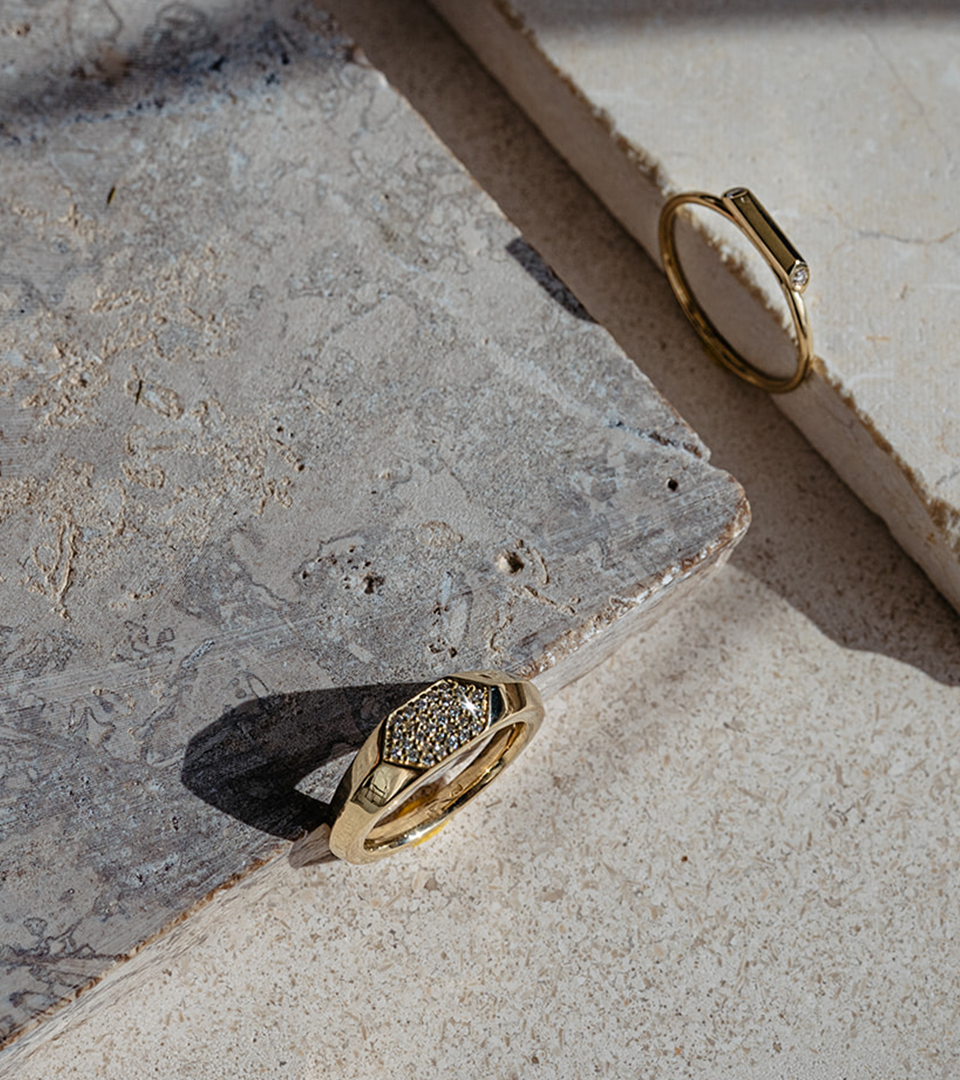
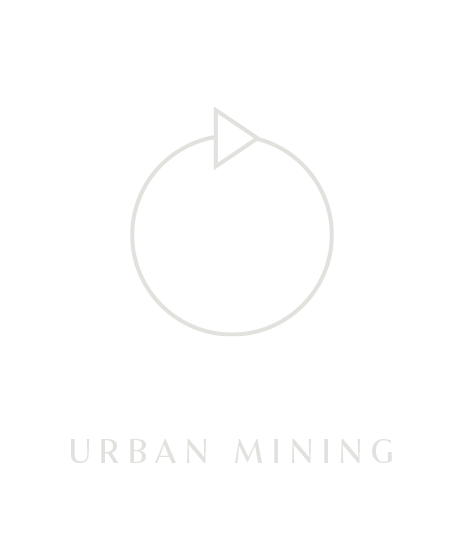
Aren't we making it too easy for ourselves?
By using recycled gold, aren't we ignoring the real problem Just because we don't use virgin gold doesn't eventually shut down the mines. Nature and humans continue to be pushed to the edge of their possibilities..
Maren Jewelery is a company with clear principles to which we are committed. This is one of themsense of responsibility. We don't want to look the other way, we want to tackle things as far as we can. That's why we've decided to start 2021e Earthbeat Foundation to support with 3% of our profit.
The Earthbeat Foundation is an organization that works to create alternative income opportunities in communities where people live from small-scale mining, so that people and nature can heal.
Nobody is perfect and only together can we work on a new world that treats people and nature in a friendly way. So let's learn together and make this world a better place together.

Written By Moritz Hackl
